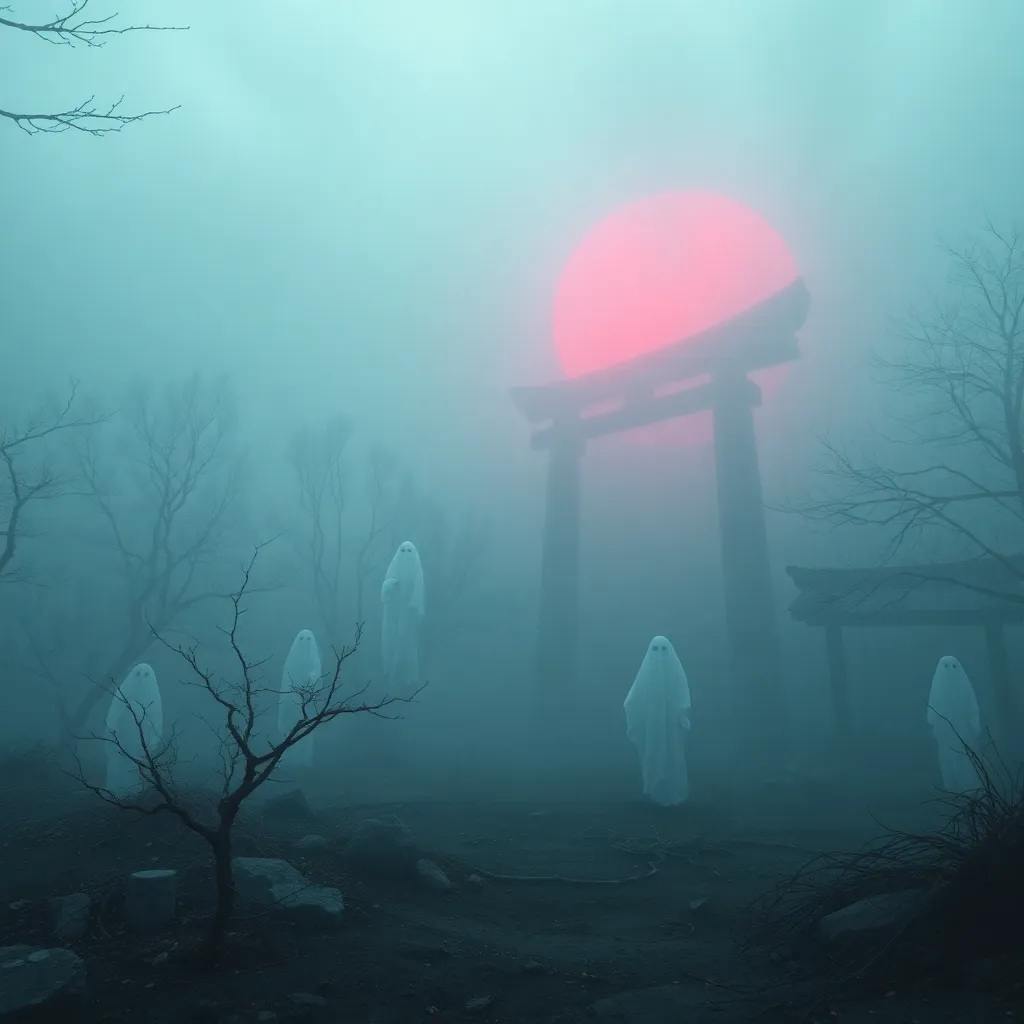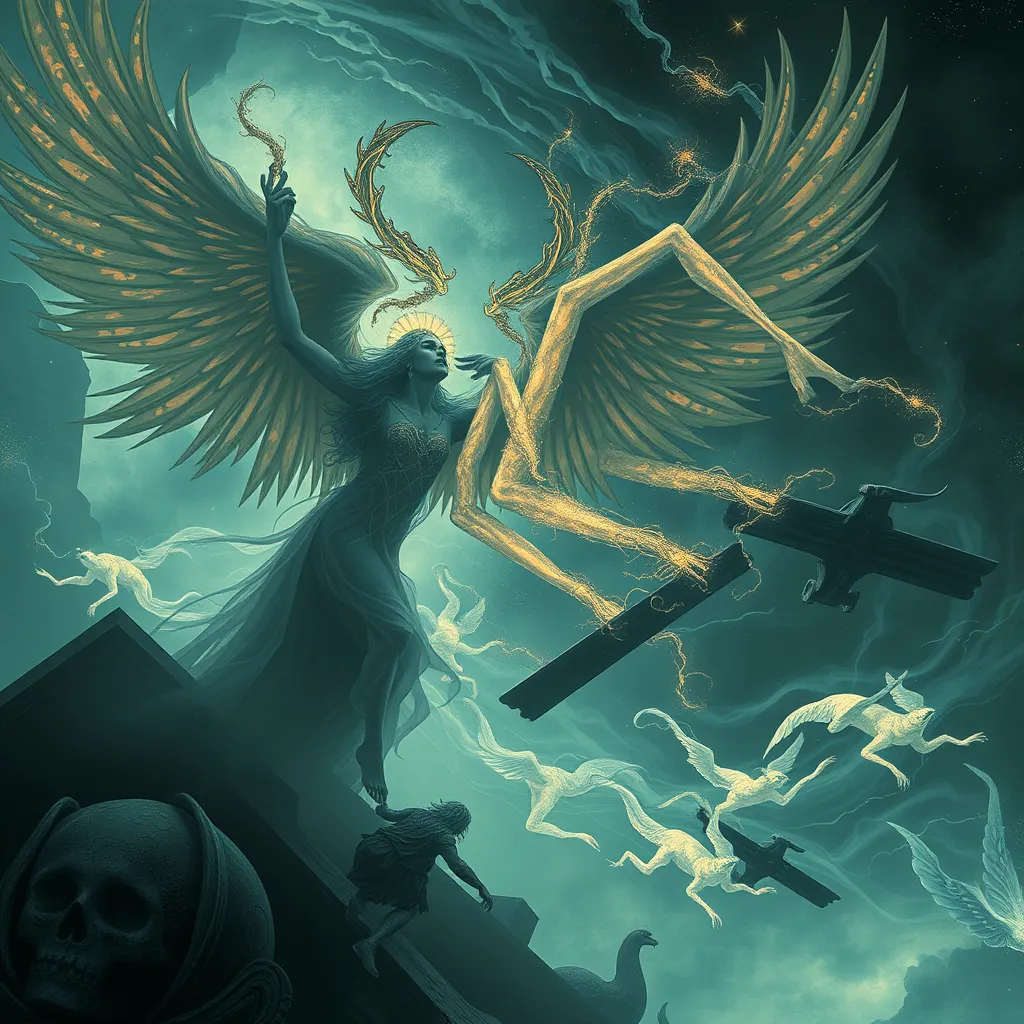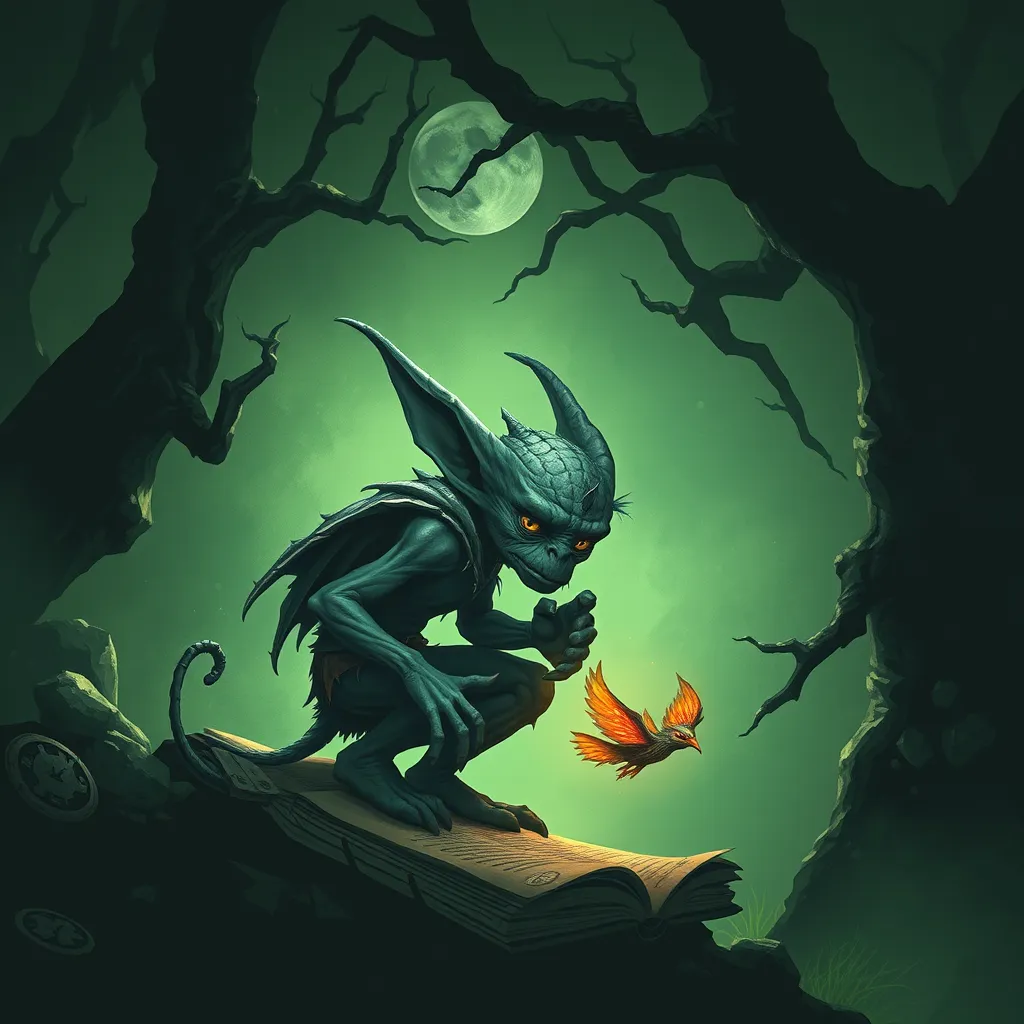Beyond the Grave: Exploring the Origins and Manifestations of Japanese Ghostly Spirits
I. Introduction
In the rich tapestry of Japanese culture, ghostly spirits known as Yūrei hold a significant place. These ethereal beings are often depicted as restless souls, lingering in the world of the living due to unfinished business or unresolved emotions. The fascination with Yūrei transcends mere superstition; it embodies deep cultural beliefs about death, the afterlife, and the connections between the living and the dead.
This article aims to explore the origins and manifestations of these ghostly spirits, shedding light on their historical roots, cultural representations, and the impact they have on contemporary society.
II. Historical Roots of Yūrei in Japanese Folklore
The concept of Yūrei is deeply embedded in Japanese history and folklore. Ancient beliefs surrounding death and the afterlife were steeped in rituals and customs that aimed to honor the deceased and appease their spirits.
Two major religious influences, Buddhism and Shintoism, have shaped the understanding of spirits in Japan:
- Buddhism: Introduced the notion of karma and the cycle of rebirth, emphasizing the importance of proper funerary rites to ensure a peaceful transition to the afterlife.
- Shintoism: Offers a more animistic perspective, viewing spirits as integral to the natural world, with ancestral spirits revered and honored as part of family traditions.
Historical texts, such as Konjaku Monogatari (Tales of Times Now Past), and various folk tales have contributed to the rich mythology surrounding Yūrei, illustrating their characteristics and roles in society.
III. Types of Japanese Ghostly Spirits
Japanese folklore categorizes various ghostly entities, each with unique traits and stories. Some of the most notable types include:
- Yūrei: The quintessential restless spirits, often depicted as figures in white funeral garments, who roam the earth in search of closure.
- Shōjō: Spirits distinguished by their beautiful singing voices, often associated with water and believed to enchant those who hear them.
- Rokurokubi: Creatures that appear as ordinary humans by day but can stretch their necks to frightening lengths at night.
- Yama-uba: A mountain witch known for her supernatural powers and dual nature of being benevolent and malevolent.
IV. Cultural Representations in Art and Literature
The representation of Yūrei in art and literature showcases the complex relationship between humans and the supernatural. Traditional Japanese woodblock prints, or Ukiyo-e, often featured Yūrei, capturing their ethereal beauty and tragic stories.
In classic literature, such as The Tale of Genji, ghostly figures are woven into narratives that explore themes of love, loss, and the impermanence of life. These stories reflect the cultural understanding of spirits as both terrifying and poignant.
In modern times, the influence of Yūrei has permeated popular media, particularly in manga and anime, where these spirits are often depicted with a blend of horror and fascination, reflecting contemporary society’s ongoing intrigue with the supernatural.
V. Festivals and Rituals Related to Spirits
Japanese culture is rich with festivals and rituals that honor the deceased and acknowledge the presence of spirits:
- Obon: A vital festival dedicated to honoring the spirits of ancestors, celebrated with lanterns, dances, and offerings to invite the spirits back to the world of the living.
- Customary Practices: Families often conduct rituals at home, such as setting up altars and offering food, incense, and prayers to appease wandering spirits.
- Regional Variations: Different regions in Japan have unique festivals and customs, showcasing local beliefs and practices surrounding Yūrei.
VI. Psychological and Sociological Perspectives
The role of Yūrei extends beyond folklore and art; it touches on psychological and sociological aspects of Japanese life:
- Grief and Loss: Yūrei serve as a medium through which people can express grief and navigate the complexities of loss, allowing for communal mourning and remembrance.
- Community Identity: Ghost stories and traditions surrounding Yūrei contribute to community identity and cohesion, binding individuals through shared cultural narratives.
- Modern Interpretations: In contemporary society, the fascination with Yūrei continues to evolve, reflecting changing attitudes toward death and the afterlife.
VII. The Influence of Ghostly Spirits in Popular Culture
Yūrei have permeated popular culture, influencing horror films, television shows, and literature both in Japan and internationally:
- Horror Films: Iconic Japanese horror films often feature Yūrei as central figures, exploring themes of vengeance and sorrow.
- Ghost-Hunting: The rise of ghost-hunting shows and paranormal investigations in Japan reflects a cultural obsession with the supernatural.
- Global Fascination: The allure of Japanese ghost stories has captivated audiences worldwide, with adaptations and interpretations appearing across various media.
VIII. Conclusion
The enduring legacy of Japanese ghostly spirits, particularly Yūrei, highlights the intricate relationship between culture, death, and the afterlife. As manifestations of collective fears, hopes, and beliefs, these spirits offer insight into Japanese perspectives on mortality and the continuity of existence beyond death.
Understanding Yūrei is not merely an exploration of folklore; it is a journey into the heart of Japanese cultural identity, revealing how these ghostly figures continue to resonate in today’s world.




